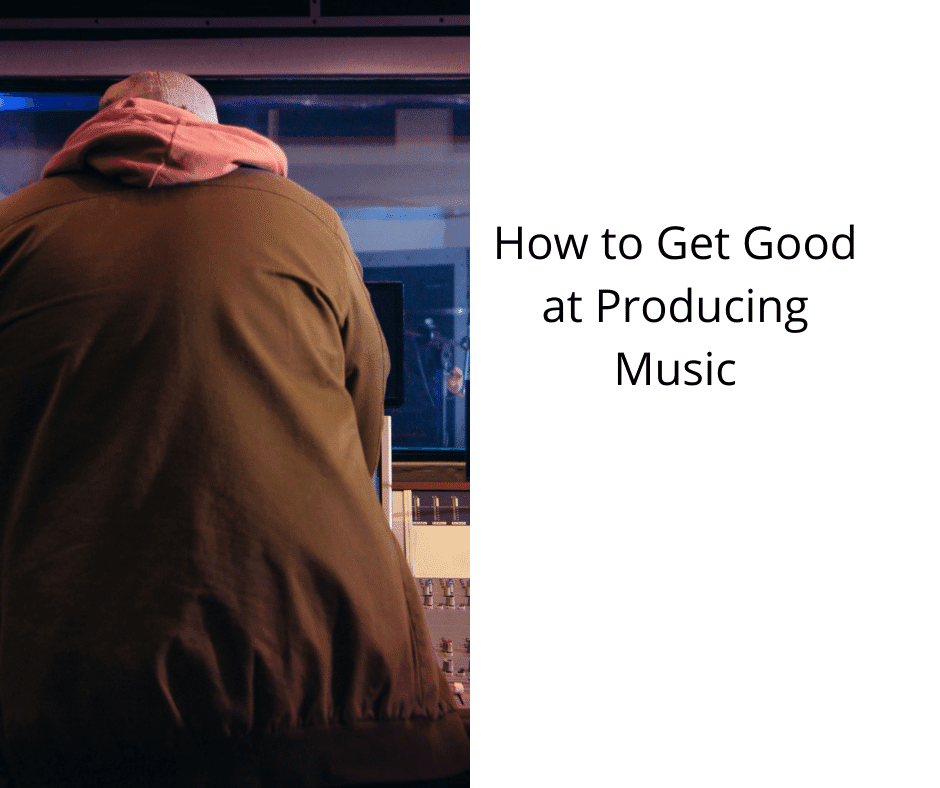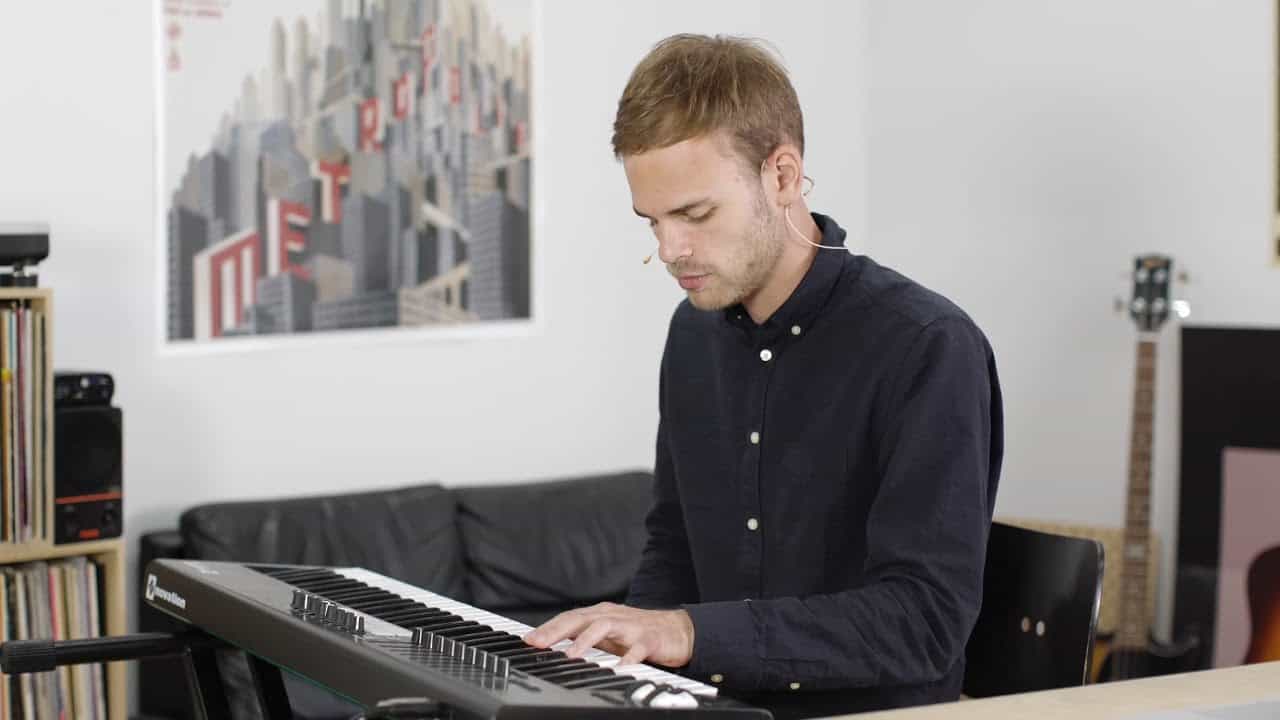In a world where music is often birthed in the digital realm, the sanctity and vitality of a genuine performance still hold an unparalleled charm. Blending the artist’s heartbeat with the precision of technology, the performance phase is where music transcends mere notes and transforms into an emotive experience.
The Tapestry of Performance: Live Versus Digital
Once upon a time, the realms of composing, arranging, and performing were separate. However, as technology galloped ahead, these boundaries blurred. The modern artist often traverses from composition to arrangement in a digital workspace, employing live recordings or virtual instruments.
The Nuances of Capturing Live Performances
When treading the path of live recordings, the air in the room becomes a canvas. The placement of the microphone is an art, as it defines the tonal quality captured. The choice of microphone is akin to an artist picking a brush; dynamic microphones excel in capturing the robust energy of drums or guitar amps, whereas condenser microphones caress the delicate nuances of acoustic guitars or vocals.
Beyond capture, there is the realm of signal processing. Compression becomes the tool to iron out the ebbs and flows of intensity, and equalization is the sculptor shaping the frequencies.
The Symphony of Digital Artistry
On the other side of the spectrum from analog recording lies digital recording. It’s a vast playground that offers infinite possibilities. Unlike analog, digital recording allows musicians to fully explore the sonic horizon, using virtual instruments and effects to create new soundscapes.
A common pitfall with virtual instruments is the tendency to sound too robotic or computer-generated. To prevent this from happening, paying attention to nuances such as velocity and modulation when programming your MIDI is crucial. These small adjustments result in a digital rendering that still carries the breath of life, making your music sound more expressive and powerful.
The Alchemy of Editing and Processing
Post capturing the essence through performance, the next steps are editing and processing. This is where the raw recordings are chiseled into their final shape.
Editing involves trimming the excess and refining the essential. It’s the keen eye looking for elements that either serve the song or weigh it down.
Processing is where the sonic characteristics are enhanced. Through reverbs, effects, and other tools, each element is given its sheen, ensuring it not only shines on its own but also harmonizes with the ensemble.
The Heartbeat at the Core
In the whirlwind of technology and endless possibilities, it is imperative to remember that at the core of music lies emotion. Whether live or digital, the performance phase must breathe life into the composition. It’s not just about impeccable technique; it’s about a heartbeat. It’s about capturing a moment in time that resonates, that makes one’s soul stir.
In conclusion, the performance, whether it be a raw acoustic recording or a meticulously crafted digital ensemble, is the vessel through which the spirit of the song sails. Through astute technical mastery, coupled with an unwavering focus on emotional integrity, the performance becomes the bridge between the artist’s heart and the listener’s soul.










